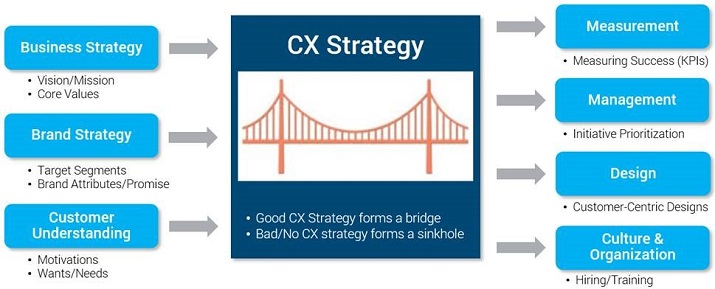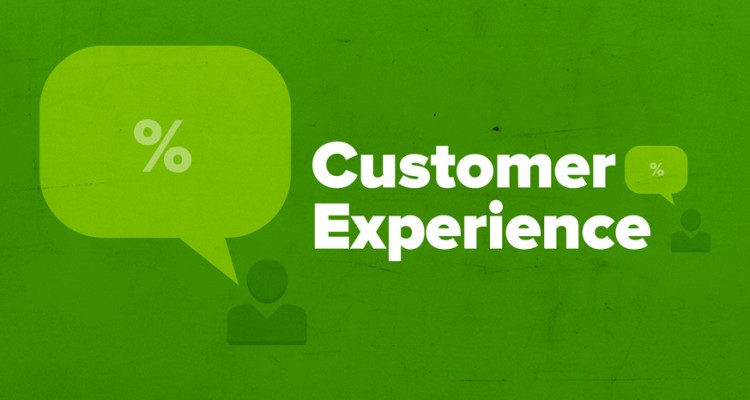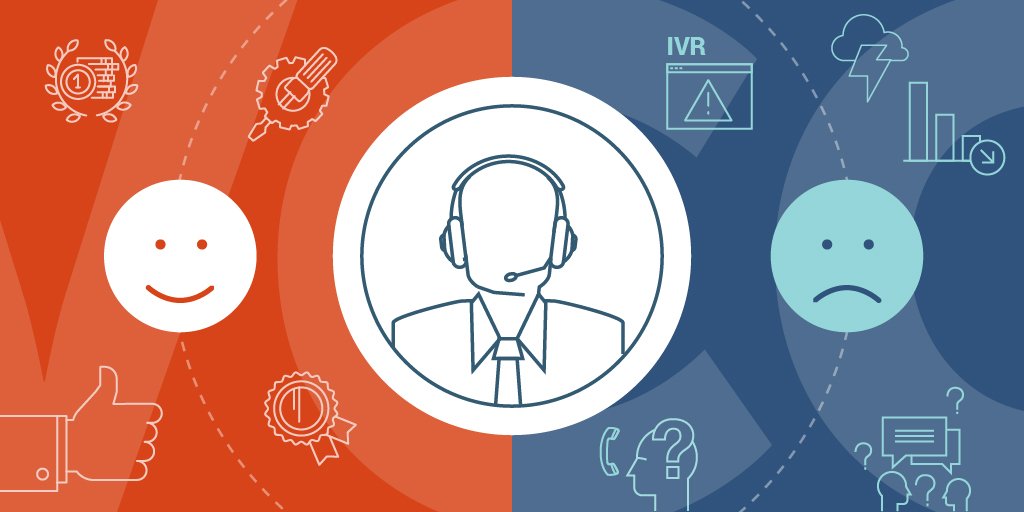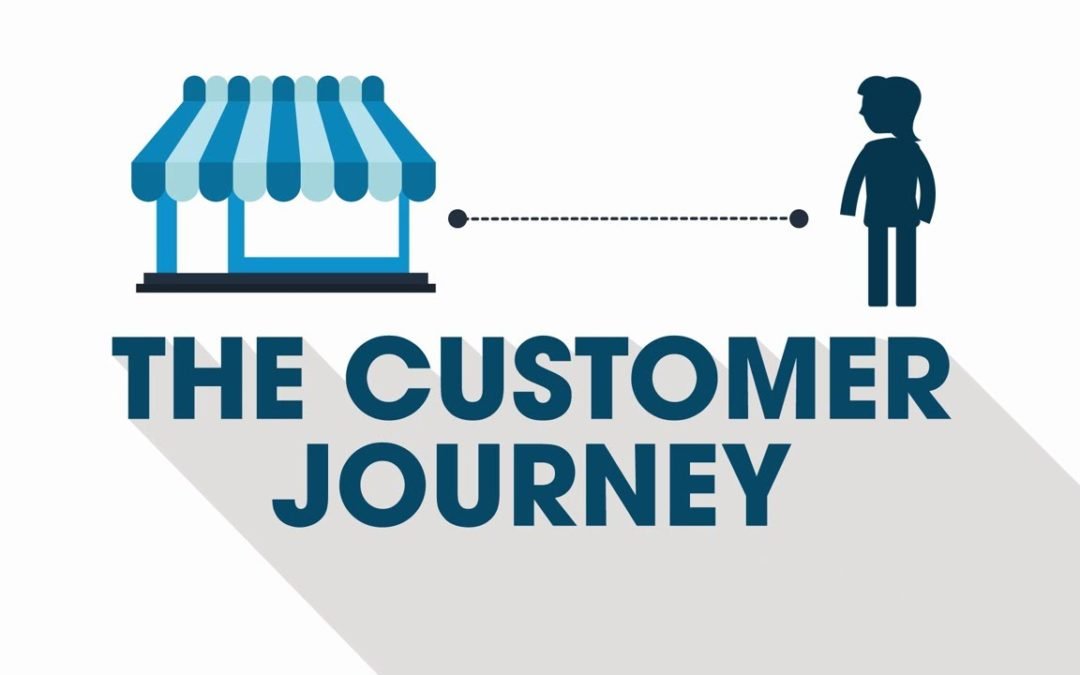Customer experience is a term used to categorize and describe the experience a customer receives while interacting with a business’s marketing and sales messages.
Ideally, these interactions will make up a “path to conversion”, also called a customer journey, that facilitates the progression of a potential customer from the introduction to the completed sale and beyond.
In fact, for traditional retailers, like Abercrombie & Fitch, Build A Bear, and Nordstrom, customer experience has been successfully employed to differentiate themselves from their competitors and create a brand synonymous with quality.
This emphasis has also impacted the bottom line for these companies. Forrester reports that improving CX can increase profitability by more than 500%, as well as reducing customer acquisition and employee hiring costs.
CX starts with engaging customers with relevant events well before the sale and continues after the sale with advocacy and brand loyalty.
The secret ingredients for a great CX strategy
Define the right style
Your CX strategy changes depending on the predictability of your market, and to every market, there is a different strategic style. The Harvard Business Review, suggests the four strategic styles below. They include:
- Classical: This style is best for companies that operate in highly predictable industries. Companies utilizing a classical style build a favorable market position by planning well into the future, and remaining with the same strategy for several years. Ask yourself: Can I sustain my customer experience strategy for many years forward?
- Adaptive: This is best for companies in unpredictable industries. Such companies require a more adaptive strategy that can be easily and rapidly changed. Ask yourself: Is my infrastructure one that can change rapidly? Is the decision-making process quick and easily adaptable?
- Shaping: This is one step beyond the adaptive style. While it too changes frequently, it focuses beyond the boundaries of the company to define new markets, standards, and business practices. Ask yourself: Do I leave room for market feedback to power rapid decision making?
- Visionary: This bold and entrepreneurial style can create entirely new markets or visions, and views the environment as a way to be molded to a company’s advantage. But it’s more similar to a classical strategy because companies take calculated steps to reach goals without switching tactics. Ask yourself: What does the future hold for the industry and how can we provide a customer experience that disrupts it?
Create a journey for your strategy
While it doesn’t have to entertain, a good strategy should tell a good story. First, ask yourself what is the correct place to start? Some might start with detailing the goals up front. Some might prefer to opt for a “problem-solution” type of story, which details current challenges and their solutions.
Second, establish a theme by asking what is the main point of your customer experience strategy? Like any good story, your strategy should have a build up to a literary climax. For example, in the “problem-solution” model the climax is reached when presenting suggested solutions and their foreseeable outcomes. Finally, a good strategy brings it all together with a solid conclusion.
Map your customer data
Map out the touchpoints, collect data, and figure out how to optimize the process. We all collect data. However, for your data to effectively fuel decision it should address questions such as:
- How do customers find you?
- Why do they choose you over your competition?
- How easy is it for them to leave reviews?
- What sort of incentives do they receive to purchase again?
- How (often) do they receive customer support?
Go for omnichannel
Striving for an omnichannel experience is an important part of an effective CX strategy. Omnichannel businesses provide customers with a seamless integrated shopping experience
When creating a CX strategy, it’s necessary to keep in mind the omnichannel experiences that most customers will traverse.
Focus on the customer
Always maintain a customer-centric approach. Ask yourself: What do my customers want? And what is the best way I can provide it?
Don’t assume that you know what is best for your customers. Spend time talking to them and collecting data. Find out what is important to them, why they choose the products that they do, and what matters to them when they shop. Focus on their needs. It’s all about them.
The ideal customer
If you are losing customers, find out why. Was the customer ready to buy? Was the customer the right fit? But be sure to also study the profiles of your best customers so you can understand what you are doing right.
Using all the information, come up with a description of your ideal customers, and then create a better customer experience with them in mind.
The ideal journey
Using your customer data to address areas that should be improved, map out the ideal customer journey. Ultimately, it should be an experience that allows your customers to easily find what they are looking for, quickly purchase it, and then return to buy more.
Research assets, cost analysis, and KPIs
What will it take to implement your CX strategy? Make a list of the assets you have and will need to deliver the strategy. Consider what sort of impact the strategy will have on resources, but be sure to show the expected return for these expenditures.
Create a timeline
Customer experience management involves lots of touchpoints and its optimization is a cross-departmental undertaking.
Keep in mind, different departments have different goals, so map out a timeline and prioritize. Is it more important to focus on discovery or retention?
Create a reasonable plan, with the ultimate goal of achieving a truly seamless customer experience that includes everything it should.
CUSTOMER EXPERIENCE CUSTOMER EXPERIENCE STRATEGY CXREFRESH CX GLOBAL CX IDEAL CUSTOMER






